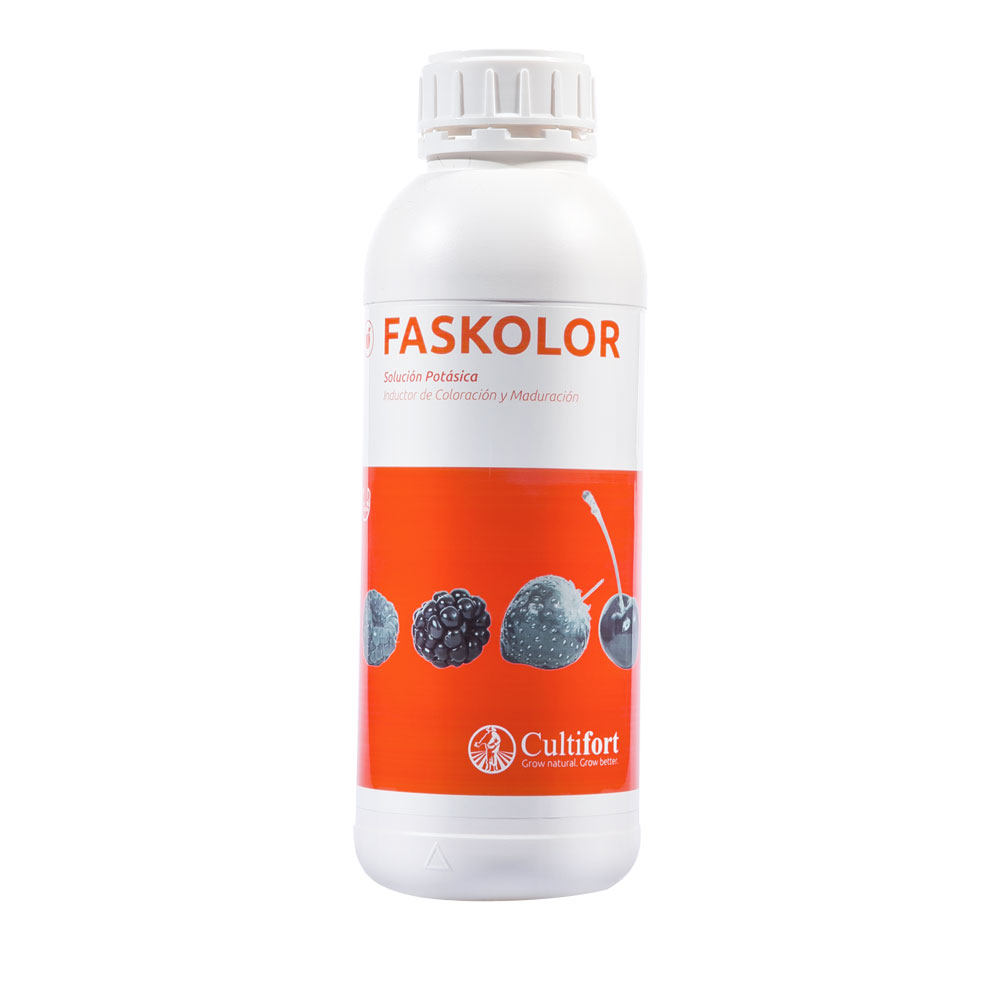Vegetables provide almost all the essential vitamins and minerals, as well as a significant number of photochemical health promoters, since their antioxidant function prevents various diseases such as immunodeficiencies, cataracts, neuropathies, vasculopathies or cancer.
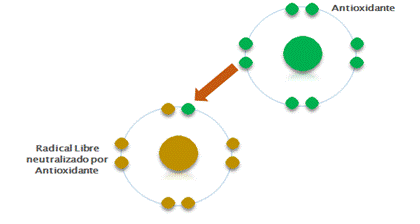
Photochemicals are chemical compounds found in plants, which are related to pigments, so they are found in brightly colored fruits and vegetables such as yellow, orange, red, green and violet. Their action on degenerative processes such as delaying aging or reducing the risk of contracting different diseases such as cancer, heart disease, hypertension, cataracts, osteoporosis or urinary tract infections, attributing them antioxidant properties, enzyme regulators, detoxifiers, immune system stimulators, hormone system regulators and antibacterial and antiviral activity, has been widely studied (Vattem and Shetty, 2005).
Antioxidants are natural substances that, present in low concentrations in relation to those of an oxidable substrate (biomolecule), delay or prevent its oxidation. They are found in abundance in a wide variety of foods, such as fruits, vegetables and cereals, with vitamin A (and in its b-carotene form), vitamin C, polyphenols (and within them, bioflavonoids), zinc and selenium being among the best known. Antioxidants act by delaying the onset or slowing the rate of oxidation of auto-oxidable matter. Así́, and conseguirá́ delay the oxidation reaction by inhibiting the formation of free radicals (Raigon, 2008).
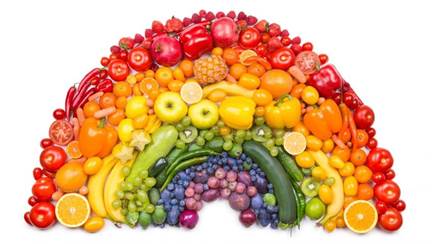
Ascorbic acid, or vitamin C, is a water-soluble antioxidant. Vitamin C has been recognized for many antioxidant properties including its protective effects against oxidative damage. It is found in almost all fruits and vegetables, with higher concentrations in citrus fruits, peppers and berries. As indicated by Mozafar (1993), nitro –
The use of vitamin C in the diet, especially at high doses, reduces the concentration of vitamin C in various fruits such as citrus fruits and vegetables such as potatoes and tomatoes. As the abuse of nitrogenous fertilizers leads to an increase in the concentration of nitrate ions in the plants, and simultaneously a decrease in ascorbic acid (inhibitor in the formation of carcinogenic nitrous compounds), the final result on the quality of these vegetables, produced with high doses of nitrogenous fertilizers, is doubly negative.
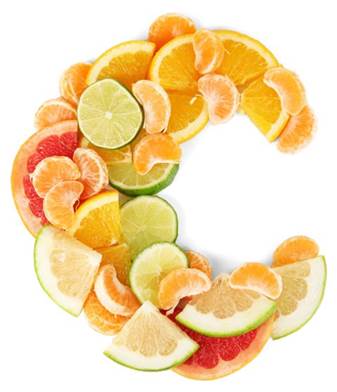
Polyphenols are powerful antioxidants that are widely distributed in foods, mainly in the upper layers of fruits, vegetables, cereals and other seeds. There are many types of polyphenols, and among these polyphenolic pigments are flavonoids (or bioflavonoids), carotenoids, anthocyanins and antitoxanthines. Phenolic compounds provide the color and much of the characteristic flavor of fruits and vegetables (Raigon, 2008).
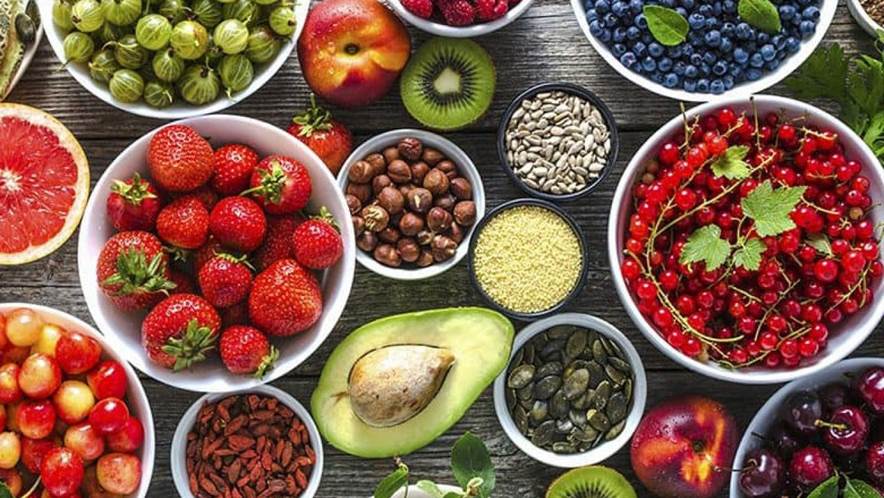
Polyphenols act against health, as anticoagulants, are protective against cancer, regulate blood pressure and blood sugar, have antimicrobial and immunostimulant effects, in addition to their protective effect against free radicals (Velioglu et al., 1998). In fact, the highest antioxidant capacity does not correspond to vitamin compounds (vitamin A, C or E), but to polyphenolic substances such as flavonoids, which have much higher antioxidant capacities, hence the relationship between total polyphenol content and antioxidant capacity.
Focusing on fruits and vegetables, the more intense their color, the more nutritional value they will have, especially in terms of antioxidant properties. Currants, blackberries, strawberries, blueberries, cherries, plums, citrus, grapes, mangos, apricots, pomegranates… in the group of fruits and tomatoes, peppers, pumpkins, carrots, beets, radishes, … in the group of vegetables, are small treasures assorted vitamins, flavonoids, minerals and large phytochemicals with antioxidants.
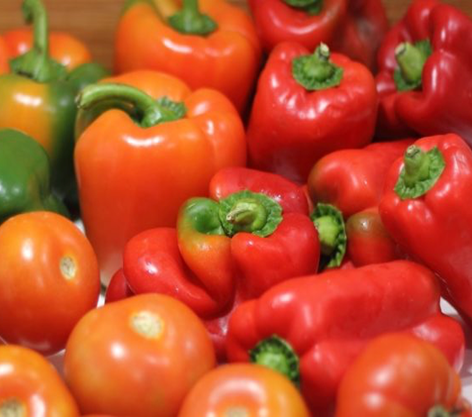
For the synthesis of these antioxidant substances to be optimal, a number of specific climatic conditions must exist, which are not always met. Drought, excessive or untimely rainfall, cold, frost or extreme heat mean that the fruit does not express its full polyphenolic (antioxidant) potential.
In other words, any stress situation will cause the plant to fail to ripen its fruit optimally, and not only in terms of size and sugar content, but also in terms of phytochemical substances, including polyphenols. Managing these stress situations in the crop, can mean the success or failure of our plantation.
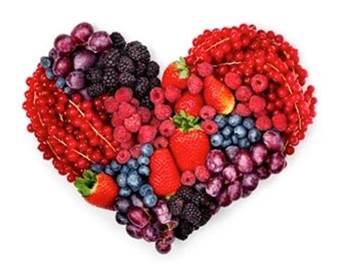
From the technical department of Cultifort, we have the perfect solution for these problems. FASKOLOR. This is a liquid formulation of potassium, organic acids and selected peptide complexes, whose special balance provides a notable increase in the precocity and quality of the fruits, in terms of size, concentration of sugars and polyphenolic content, especially the anthocyanins or those responsible for the red colour of many fruits.
In addition to the role played by potassium in the ripening of the fruit, there is a selection of peptide complexes that accelerate the specific physiological cycles of ripening and a special formulation of organic acids that improve the transport of sugars and nutrients to the fruit, which results in fruits that will reach the necessary ripening requirements for harvesting early and uniformly. FASKOLOR achieves these remarkable effects in a purely nutritional way, without hormones.
It should also be noted that an advance, even if only a few days, in the ripening process, can lead to significant differences in the sales price of our fruit.
Therefore, if we want to improve the antioxidant content in our fruits and, in addition, bring forward the ripening process, it is essential that we ensure that we use a quality, safe product that provides everything necessary to achieve an adequate advance without spoiling the final result of the harvest. In this sense, FASKOLOR is one of the most interesting options, with the guarantee of working with a complete formula to bring forward ripening, homogenize fruit colouring, without residues and above all efficient.
REFERENCES
Mozafar, A., 1993. Nitrogen fertilizers and the amount of vitamins in plants: a
review. Journal Plant Nutr. 16, 2479-2506.
Raigón, M.D., 2008. Ecological Foods. Quality and Health. Junta de Andalucía.
Department of Agriculture and Fisheries. Spanish Society of Ecological Agriculture
(SEAE)
Vattem, D.A. y Shetty, K., 2005. Biological functionality of ellagic acid: a review.
Journal of food biochemistry 29, 234-266.
Velioglu, Y., Mazza, G., Gao, L., Oomah, B.D., 1998. Antioxidant activity and total
phenolics in selected fruits, vegetables, and grain products. Journal of
agricultural and food chemistry 46, 4113-4117.


